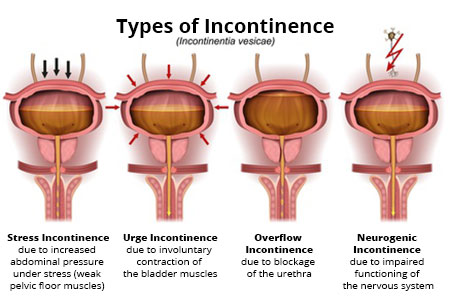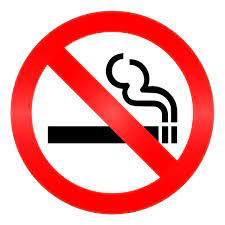10 ways to stop leaks for incontinence patients
Urinary incontinence is the unintentional passing of urine. It’s a common problem thought to affect millions of people.
There are several types of urinary incontinence, including:
- stress incontinence – when urine leaks out at times when your bladder is under pressure; for example, when you cough or laugh

- urge incontinence – when urine leaks as you feel a sudden, intense urge to pee, or soon afterwards
- overflow incontinence (chronic urinary retention) – when you’re unable to fully empty your bladder, which causes frequent leaking
- total incontinence – when your bladder cannot store any urine at all, which causes you to pass urine constantly or have frequent leaking
It’s also possible to have a mixture of both stress and urge urinary incontinence. There are 10 ways to help an incontinence patient stop leaks.
10 ways to stop leaks
1. Do daily pelvic floor exercises
Pelvic floor exercises can be effective at reducing leaks, but it’s important to do them properly. Find out how to do pelvic floor exercises.
You may have to do pelvic floor exercises for 3 months before you see any benefits.
2. Stop smoking

If you smoke, you put yourself at risk of incontinence, because coughing puts strain on your pelvic floor muscles.
3. Do the right exercise
High-impact exercise and sit-ups put pressure on your pelvic floor muscles and can increase leaks.
To strengthen your pelvic floor to relieve symptoms, replace high-impact exercise, such as jogging and aerobics, with strengthening exercise, such as pilates.
Pilates strengthens your core muscles, which is beneficial for stress incontinence.
4. Avoid lifting

Lifting puts strain on your pelvic floor muscles, so avoid it whenever you can.
When you do need to lift something, such as picking up children or shopping bags, tighten your pelvic floor muscles before and during the lift.
5. Loss excess weight
Being overweight can weaken your pelvic floor muscles and cause incontinence because of the pressure of fatty tissue on your bladder.
Your symptoms may improve, and could go away completely, if you lose any excess weight.
Use the healthy weight calculator to check you’re a healthy weight for your height.
6. Treat constipation promptly
Straining to poo weakens your pelvic floor muscles and makes urinary incontinence worse.
Never ignore the urge to poo. If you have constipation, it may help to change your diet and lifestyle.
Eating more fiber and exercising more can help. It may also help if you change the way you sit and use your muscles to empty your bowels. A specialist physiotherapist can advise you on this.
7. Cut down the caffeine

Caffeine irritates the bladder and can make incontinence worse.
Coffee has the biggest effect, so stop drinking it or switch to decaffeinated coffee.
Fizzy drinks, tea, green tea, energy drinks and hot chocolate also contain caffeine, so cut down on these too and replace them with water and herbal or fruit teas.
8. Cut down on alcohol
Alcohol is a diuretic, which makes you urinate more often. Cutting down may help incontinence symptoms.
9. Drink plenty of water
Drink 6 to 8 glasses of fluid a day (but no more) unless your doctor advises you otherwise.
Many people with urinary incontinence avoid drinking fluids, as they feel it causes more problems. However, limiting your fluid intake makes incontinence worse, because it reduces your bladder’s capacity.
Not drinking enough fluid can also cause constipation or make it worse.
10. Eat the right foods
Avoid spicy and acidic foods, such as curries and citrus fruits, as they can irritate the bladder and make leaks and other incontinence symptoms worse.

